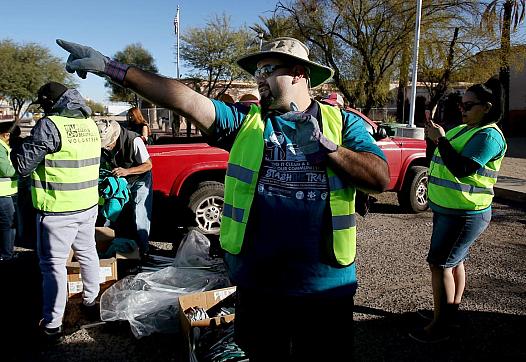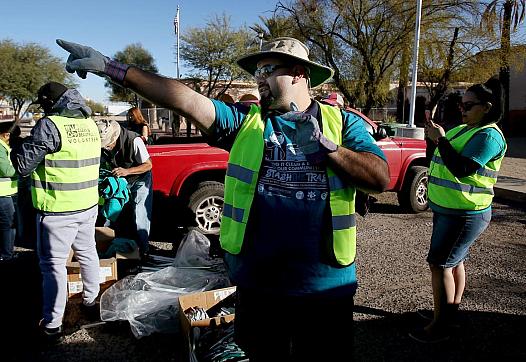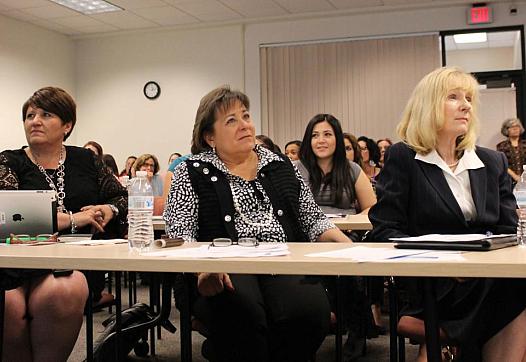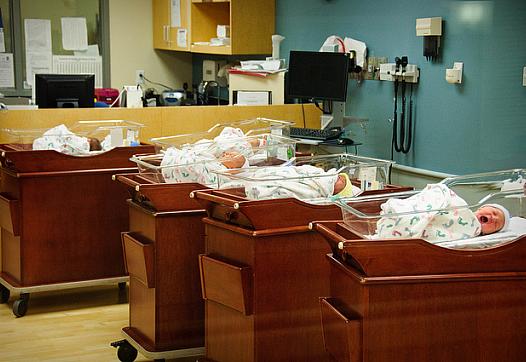
Most Americans nearing death don’t have access to palliative services and good end-of-life care. But for underserved populations of African-Americans, Latinos and Asians, the gap is even wider.

Most Americans nearing death don’t have access to palliative services and good end-of-life care. But for underserved populations of African-Americans, Latinos and Asians, the gap is even wider.
This reporting is supported by the University of Southern California Center for Health Journalism National Fellowship.
Other stories in the series include:
Dear Cleveland: To learn, you first have to listen

Perla Trevizo is a recipient of the University of Southern California Annenberg Center's Fund for Journalism on Child Well-being.
Other stories in this series can be found here.

Perla Trevizo is a recipient of the University of Southern California Annenberg Center's Fund for Journalism on Child Well-being.
Other stories in this series can be found here.

Perla Trevizo is a recipient of the University of Southern California Annenberg Center's Fund for Journalism on Child Well-being.

Perla Trevizo is a recipient of the University of Southern California Annenberg Center's Fund for Journalism on Child Well-being.
Other stories in this series can be found here.

Perla Trevizo is a recipient of the University of Southern California Annenberg Center's Fund for Journalism on Child Well-being.
Other stories in this series can be found here.

Perla Trevizo is a recipient of the University of Southern California Annenberg Center's Fund for Journalism on Child Well-being.
Other stories in this series can be found here.

2017 National Fellow Tracie Potts gives a behind-the-scenes look at the ever-changing nature of her Fellowship project chronicling health reform across the country.

In California, Alameda County’s success in saving lives has not been replicated statewide — and an already appalling gap between white and black infant death has grown since then.